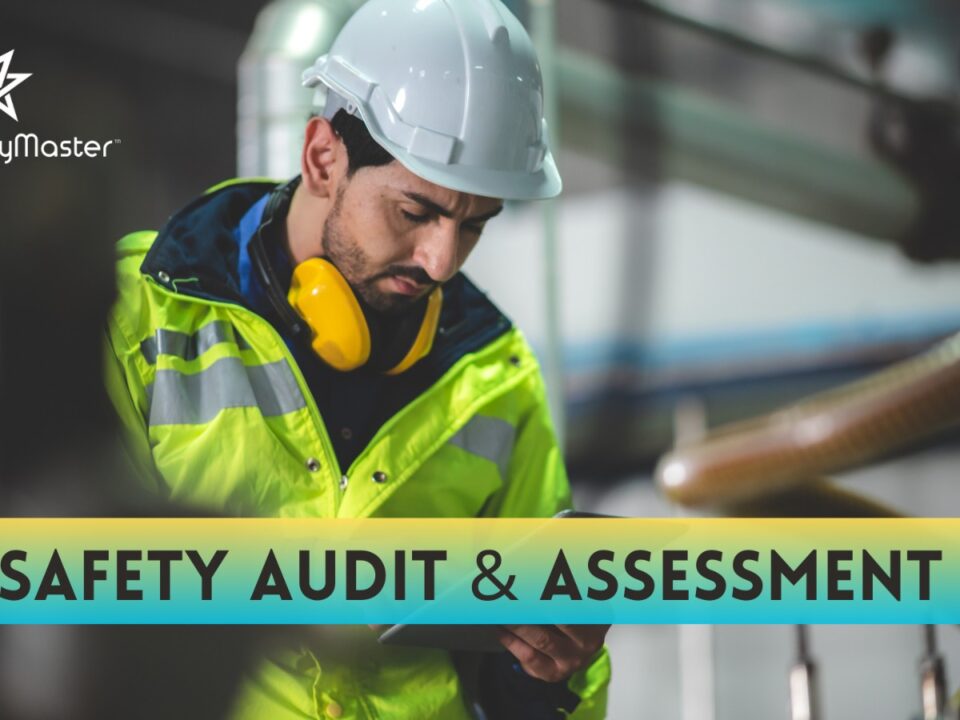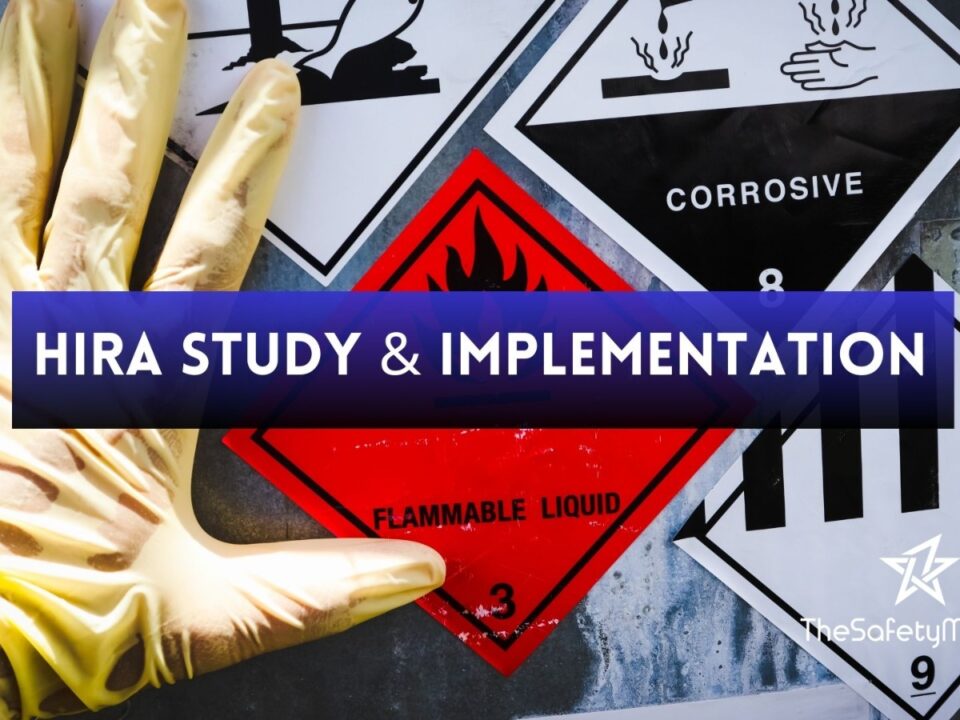How to Conduct a Hazard Identification and Risk Assessment

Industrial Safety Audit Improvement as per IS 14489
January 18, 2022
Ways Safety Software Has Helped Reduce workplace Injuries
February 2, 2022Conducting a hazard identification and risk assessment (HIRA) created by the Health and Safety Executive is one of the most important steps for a company. It helps to identify risks to workers and other people who are exposed to your business. This in turn can help protect employees from unsafe work practices, health hazards, or work-related accidents. For most organizations, these are mandatory recommendations with the aim of improving health and safety at work.
What are hazard identification and risk assessment? The purpose of such a process is to identify critical issues prior to going into the workplace. In a workplace, accidents and injuries can be costly for the company, not to mention the worker who is injured. It is also very important that workers are not injured during their work hours. Every company should have some form of risk identification and Process Hazards Analysis process. A hazard is any circumstance or condition that has the potential to cause harm. The primary purpose of conducting a hazard identification and risk assessment is to assess the risks that result from hazards present in a workplace and to select control measures necessary to protect workers.

Conducting a hazard identification and risk assessment is one of the most important steps to ensuring the safety of all that your business has to offer. This step helps you to identify potential hazards in your day-to-day work environment in order to prevent any accidents or incidents.
Hazard identification and risk assessment is a process used for business planning. This process can be used to reduce or eliminate potential risks that could occur with the activity you are pursuing. A risk assessment will focus on the potential for problems or accidents, with information about ways of avoiding these problems, or ways of preparing for situations in which they might occur.
The first step in any safety program like Process Safety Management Implementation is to identify and assess hazards. Hazards can be found in the workplace, on the roads, and in any area where people may be injured or killed. A hazard assessment is a proven means for identifying potential risks associated with those hazards. In addition to identifying the type of hazard, you need to establish the degree or magnitude of that hazard, as well as the consequences from it occurring. All of these factors will help you determine if you next move should be toward eliminating the hazard or arranging for some kind of insurance protection for both you and your workers.
How we can help
· Online/Onsite PSM Training
· QRA SIL LOPA Study and Report
· PSM Implementation on Hazards Chemical Sites
· Process Safety audits for chemical installations
· HAZOP Study



